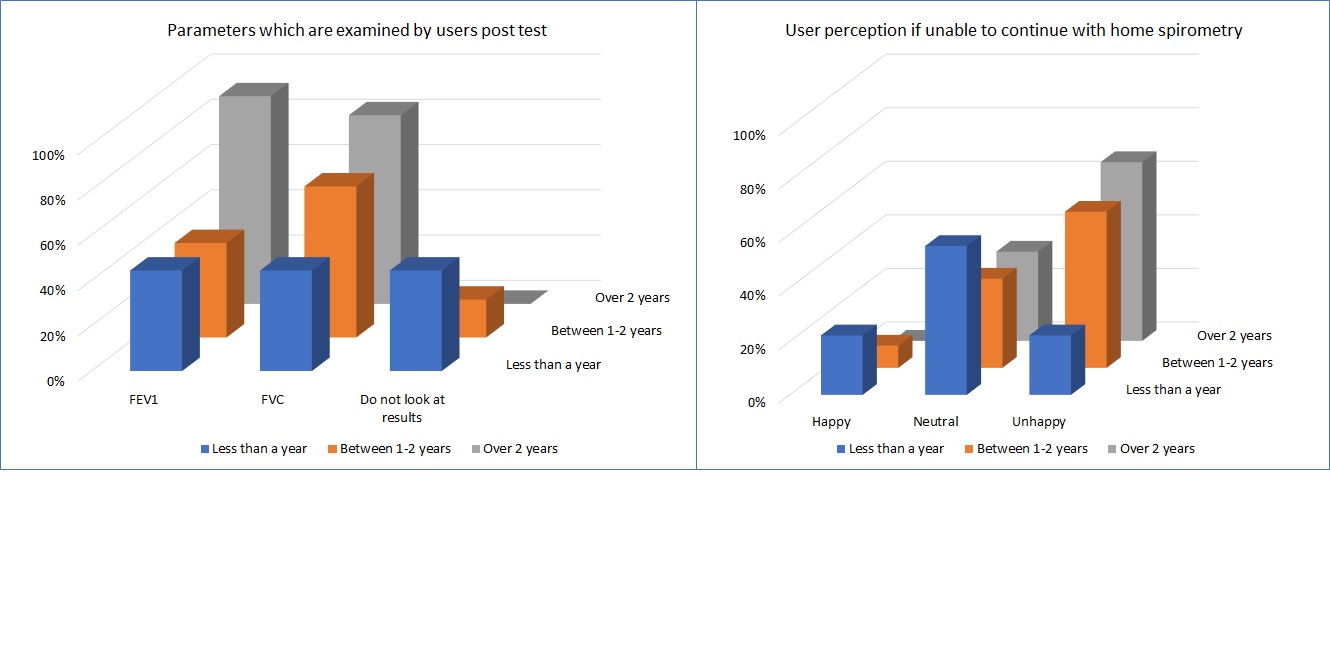Abstract
Introduction: Antifibrotic treatment has been extended to all Interstitial Lung Disease with a progressive fibrosis phenotype (PF-ILD). Nintedanib reduces %FVC decline and improves progression-free survival at 1 year; side effect profile in PF-ILD was examined including potential predictors at baseline.
Aim: Identify the baseline characteristics and side effect profile of patients with PF-ILD established on Nintedanib in a UK ILD centre. Risk stratification is examined in order to target nurse support.
Methodology: This retrospective study examined patients with PF-ILD during the first 3 months of Nintedanib exposure (n=96). Data was derived from clinical records of the Oxford ILD service.
Results: Nintedanib was started alone or with immunosuppression in 22 and 74 patients respectively. Average starting FVC 68.5%, TLco 41.5% predicted and BMI 29.1. 32% experienced side effects if treated with Nintedanib alone, compared with 52% alongside immunosuppression. Combination therapy and BMI affected side-effect profile. Diet modification and dose reduction had limited effect on symptom mitigation.
Conclusion: Results reflect a PF-ILD population with severe disease; patients on Nintedanib alone showed side effects similar to IPF. Immunosuppression increased and altered side effect profile; risk was reduced if BMI>25. Nursing resource is now targeted at higher risk group, with proactive contact and use of anti-emetics.
